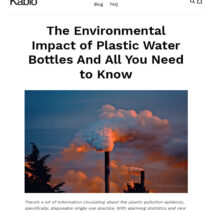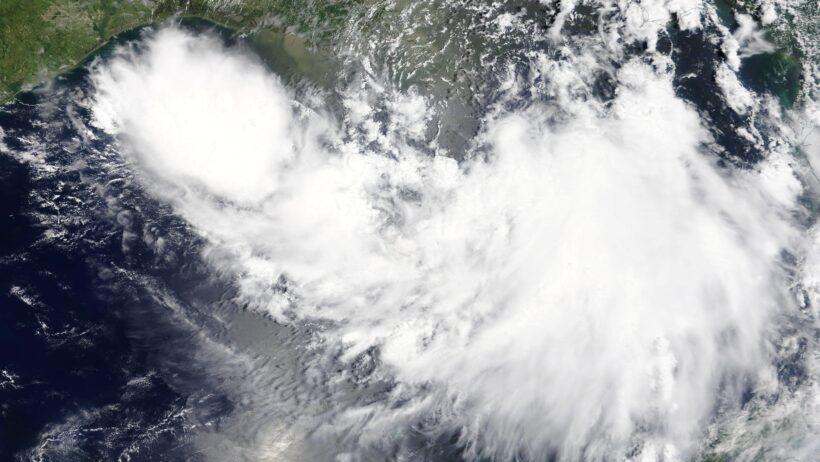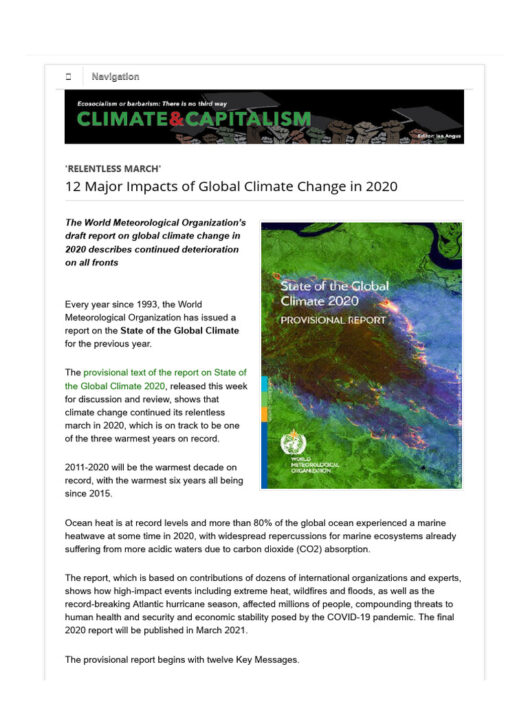As storms grow more powerful and frequency increases, observers often find themselves drawn into a vortex of fascination with these meteorological phenomena. Hurricane Harvey, which made landfall in Texas in August 2017, serves as a quintessential example of how climate change inflates the intensity and aftermath of storms. Its catastrophic legacy not only devastated communities but also illuminated startling revelations about the link between rising global temperatures and the amplification of extreme weather events.
Hurricane Harvey was characterized by unprecedented rainfall, leading to catastrophic flooding that submerged entire neighborhoods in Houston and the surrounding areas. Official estimates placed the rainfall total at nearly 60 inches in some regions. Such torrential downpours were not merely coincidental; they reflect a broader trend attributed to climate change. Warmer air holds more moisture—approximately 7% more per degree Celsius of warming—which translates to heavier rainfall during storms. Thus, Harvey not only evoke terror but also serves as a harbinger of what an unstable climate can wreak.
Furthermore, the conditions that made Harvey particularly hazardous were exacerbated by the continual degradation of the natural environment. Deforestation, urbanization, and wetland destruction have diminished the land’s capacity to absorb water. While climate change acts as a universal catalyst for storm intensification, local human activities significantly exacerbate the potential impacts. This dual influence raises pressing questions about our role in shaping the environment and managing the risks tied to extreme weather.
The ramifications of Hurricane Harvey extend well beyond short-term destruction; they underscore long-term systemic vulnerabilities. The storm’s aftermath exposed glaring inequalities, with low-income communities sustaining the brunt of the damage. These populations often reside in areas with less infrastructure designed to withstand severe weather. This race and class disparity raises an imperative challenge: how can societies prepare more equitably for such disasters? Responding to climate change and its consequences requires an intersectional approach that prioritizes vulnerable communities, ensuring they are included in both preparedness and recovery efforts.
Harvey did not stand alone; it is part of a continuum of increasingly severe storms impacting the United States and beyond. A closer examination reveals a concerning pattern—each passing hurricane season seems to unleash storms of increased ferocity and unpredictability. The National Oceanic and Atmospheric Administration (NOAA) has documented a marked increase in the frequency of Category 4 and 5 hurricanes since the late 20th century, indicating that climate change is amplifying the natural variability of storm systems. As public awareness grows, so too does the demand for concrete action to combat climate change.
An examination of the intersection between storms and climate change invariably leads to discussions about policy initiatives. The necessity to develop robust climate action plans cannot be overstated. While infrastructure improvements play a critical role, so too does the need for comprehensive legislation aimed at reducing carbon emissions and incentivizing sustainable practices. A multifaceted approach involving renewable energy transition, investment in climate resilience, and community education will be pivotal in combating future storms.
Equally important is adapting to the changing climate. Efforts toward enhancing resilience are paramount. This includes constructing levees, investing in green infrastructure, restoring wetlands, and ensuring clean water access. These strategies must be coupled with community engagement, as local knowledge often provides invaluable insights into effective risk mitigation. Collaboration among government entities, non-profit organizations, and residents can foster innovative solutions tailored to specific geographical vulnerabilities.
Hurricane Harvey’s devastating impact became a call to action that resonated beyond the Gulf Coast. Advocacy regarding climate change has surged, as citizens and activists alike beckon for a collective response to unpredictable weather patterns. The link between climate change and extreme storms can no longer be dismissed; it compels an urgent reevaluation of current practices. Discourse around this topic has gained momentum across various sectors, inviting scientists, policymakers, and everyday citizens to join forces and forge sustainable pathways.
Furthermore, innovative technological advances provide opportunities to enhance storm preparedness and response. Improved satellite imagery and predictive modeling can offer critical insights into storm behavior. By utilizing cutting-edge technology, municipalities can better prepare for impending disasters, optimize evacuation routes, and allocate resources more efficiently. Technology not only enhances predictability but also facilitates community engagement through real-time updates and communications during emergencies.
Public awareness campaigns play a crucial role in fostering a culture of preparedness. Education initiatives that emphasize climate literacy empower communities to understand the looming threats posed by climate change. By integrating climate education into school curricula and conducting community workshops, individuals can become catalysts for change in their own neighborhoods. Increasing awareness must encompass the wider implications of climate change, highlighting how individual actions contribute to its broader narrative.
It is imperative to remain vigilant regarding the mental health impacts of extreme weather events. The psychological toll wreaked by hurricanes like Harvey can linger long after the storm has passed. Communities must address the emotional and mental health challenges that arise in the wake of disasters, ensuring access to counseling and resources for those grappling with trauma.
As climate variability continues to dictate the new normal, society must pivot from passive observation to proactive engagement. Hurricane Harvey’s legacy serves as both a reminder and a rallying cry. The challenge that lies ahead is formidable, yet through collective action, informed policymaking, and unwavering dedication, it is possible to mitigate the impacts of climate change and forge a more resilient future. In doing so, society can transcend the shadows cast by storms like Harvey, emerging with renewed resolve and an indomitable spirit to combat the pressing environmental challenges of our time.







